The Visual Artists Behind China's Woodblock Album Covers
How the traditional technique has influenced the country's alternative music scene
The Art of Cover Art is and will remain a free resource for all readers. If you have the means this month, consider upgrading to a paid subscription to support my work. A small donation to my ongoing coffee fund is also always appreciated. Happy reading!
One of my favorite parts of Substack is reading Concrete Avalanche, Jake Newby's newsletter on modern music emerging from China. Thanks to Jake, I’ve learned about incredible independent and experimental acts that a New Yorker would normally be unaware of. While collaborating on this piece, we joked about how difficult it is to research these acts from the Anglosphere (Jake splits his time between southwest England and southeast China). Pieces like this are why I started this newsletter, so kudos to Jake for helping me highlight these talented artists.
Below, we trace the history of woodblock printing through Chinese art history and its influence on the scene’s alternative album covers.
Like many art forms in China, woodblock printing is one with a long history. Although there are suggestions that it began even earlier, scholars believe that woodblock printing became popular in China during the Tang Dynasty (618-906CE) when it was used to disseminate Buddhist scriptures. The method was then used for books on agriculture and medicine, calendars, and more.

The rise of the mechanical printing press in the 1450s would sideline woodblock printing until the technique saw a revival in the 1930s, when revolutionary writer Lu Xun organized a woodblock printing workshop in Shanghai. At the time, the city was experiencing turmoil, caught in a civil war between the Nationalist Party, Guomindang (GMD), and the Communist Party. According to the National Gallery of Australia (NGA), “ from 1927 onwards, the White Terror saw the persecution and repression of opponents of the GMD.” Lu Xun lost a friend in the conflict and found solace in German artist Käthe Kollwitz’s woodcut, The Sacrifice. “The emotional power and political allegiances of European expressionist artists evoked a sympathetic chord in progressive circles in China,” as noted by the NGA.
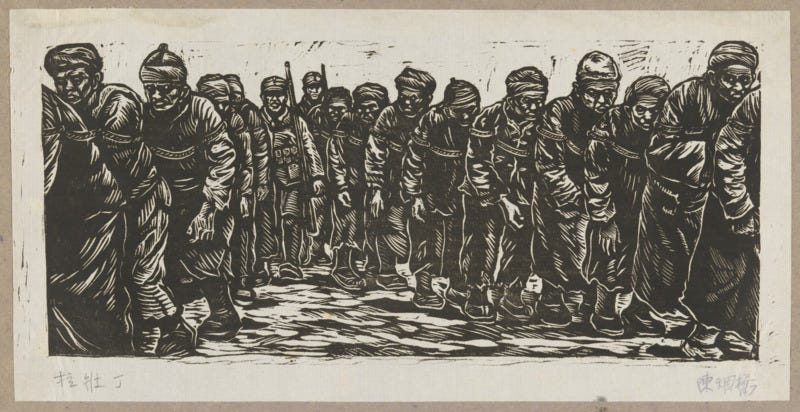
Many modern Chinese record labels have integrated the political art of woodcut into their visual language. Old Heaven Books, based in the southern city of Shenzhen, is a record label and venue that regularly hosts film screenings alongside intimate avant-garde live music performances. The label captures some of these live events and serves as an outlet for the numerous projects of Shenzhen-based Kazakh artist Mamer. It also includes recordings of sets from Shenzhen’s renowned Tomorrow Festival, an experimental music event. Founded in 2004, the label’s most recent discography features album covers that pay homage to woodblock prints, including Mamer’s 2024 LP, Fake Jazz.
Cassette label Dusty Ballz is a younger operation, but similar to Old Heaven in its predilection for woodblock-printed cover art and its interest in experimental recordings. They’ve released projects by free jazz artist Lao Dan, avant-garde percussionist Deng Boyu, and the aforementioned Mamer. Label founder, Mabu Li, comments, “The way I see it is that, as an art form, woodcut shares a similar spirit with the cassette tape as a medium for recorded music: a sense of rawness in visual/sonic textures, the rich physicality, and space for a certain degree of amateurism and experimentation. Dusty Ballz releases left field underground music that is created in China on cassette, so it suits the artistic vision of the label perfectly.”
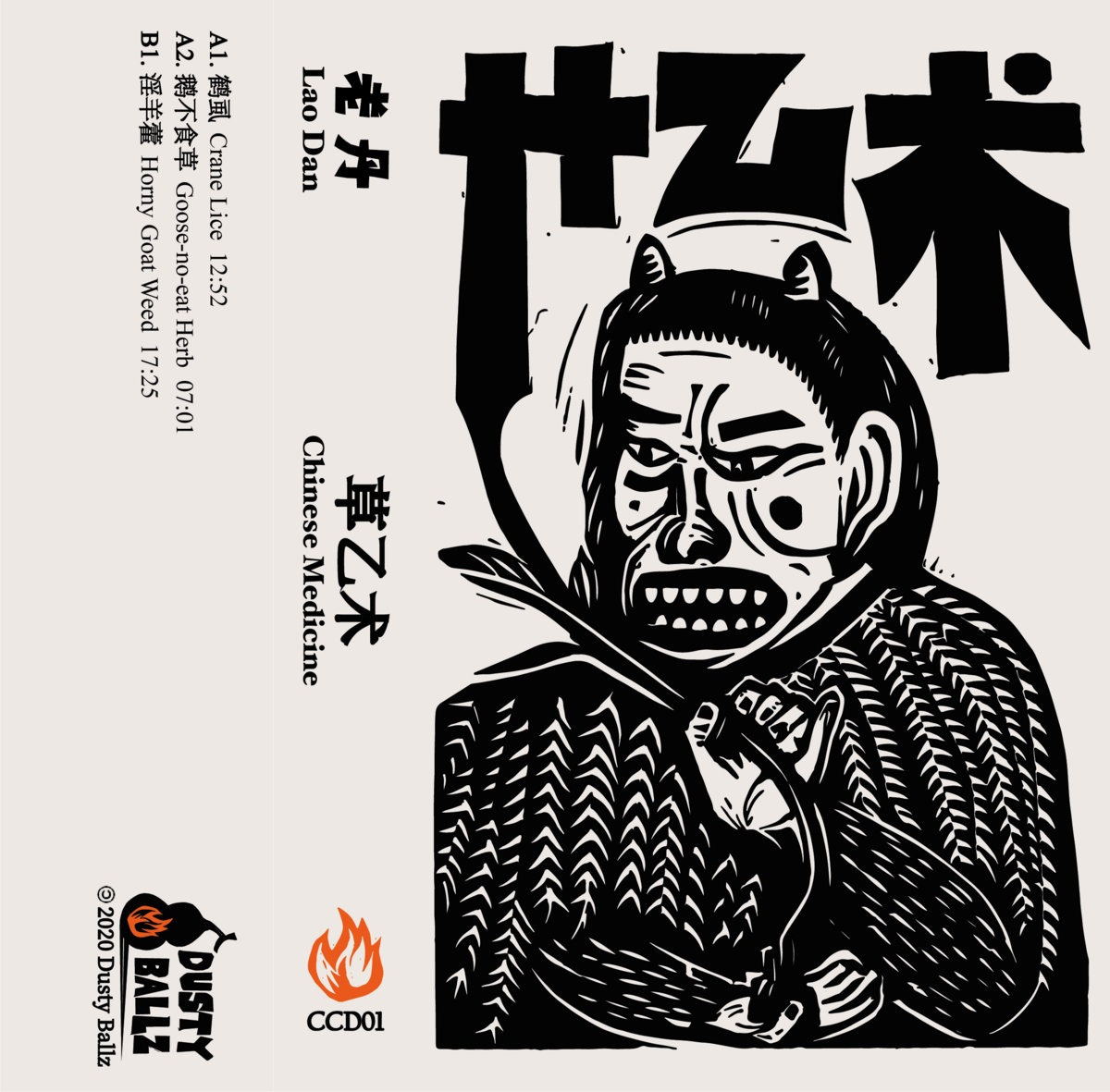
One visual artist who has cemented the woodcut aesthetic onto the scene is Liu Qingyuan. Born in 1972 in Chongqing, China, Liu finds inspiration in the history of the technique and the legacy of the folk artists who came before him. In 1996, he graduated from the Printmaking Department of Guangzhou Academy of Fine Arts, where he currently teaches in the Experimental Art Department of the School of Intermedia Art.
Liu’s relationship with the music community has existed for decades. In 2001, he depicted a crowd at a rock show for a Cui Jian (the godfather of Chinese rock ‘n’ roll) gig poster. Along with his work for Old Heaven, Liu has also created artwork for one of China’s largest independent music labels, Modern Sky. Badhead, Modern Sky’s experimental-leaning spin-off label, releases a series that pairs non-mainstream musicians with Chinese poets.
Two other artists who have put a contemporary spin on the traditional art for the music world are Chen Tiemei and Wang Liang. Chen has helped define Dusty Ballz’s aesthetic with her works for releases such as Lao Dan’s Chinese Medicine and Deng Boyu’s Tractor Academy, and has also contributed to Old Heaven’s collection of woodcut cover art, like Mamer’s Underground Factory. Guangzhou-born Wang, who is often described as “deeply influenced by the leftwing printmaking movement of the 1930s,” has repeatedly collaborated with Taiwanese singer-songwriter Lin Shengxiang, designed posters for multiple music festivals in China, and recently produced the artwork for feted folk band Wild Children‘s 30th anniversary tour.
Find more woodcut cover art below:


The Art of Cover Art is a free educational and inspirational resource. If you have $5/ month to spare, it would be super helpful in furthering my research. Or, if you think a friend might enjoy this newsletter, the best way to pay it forward is by sharing!



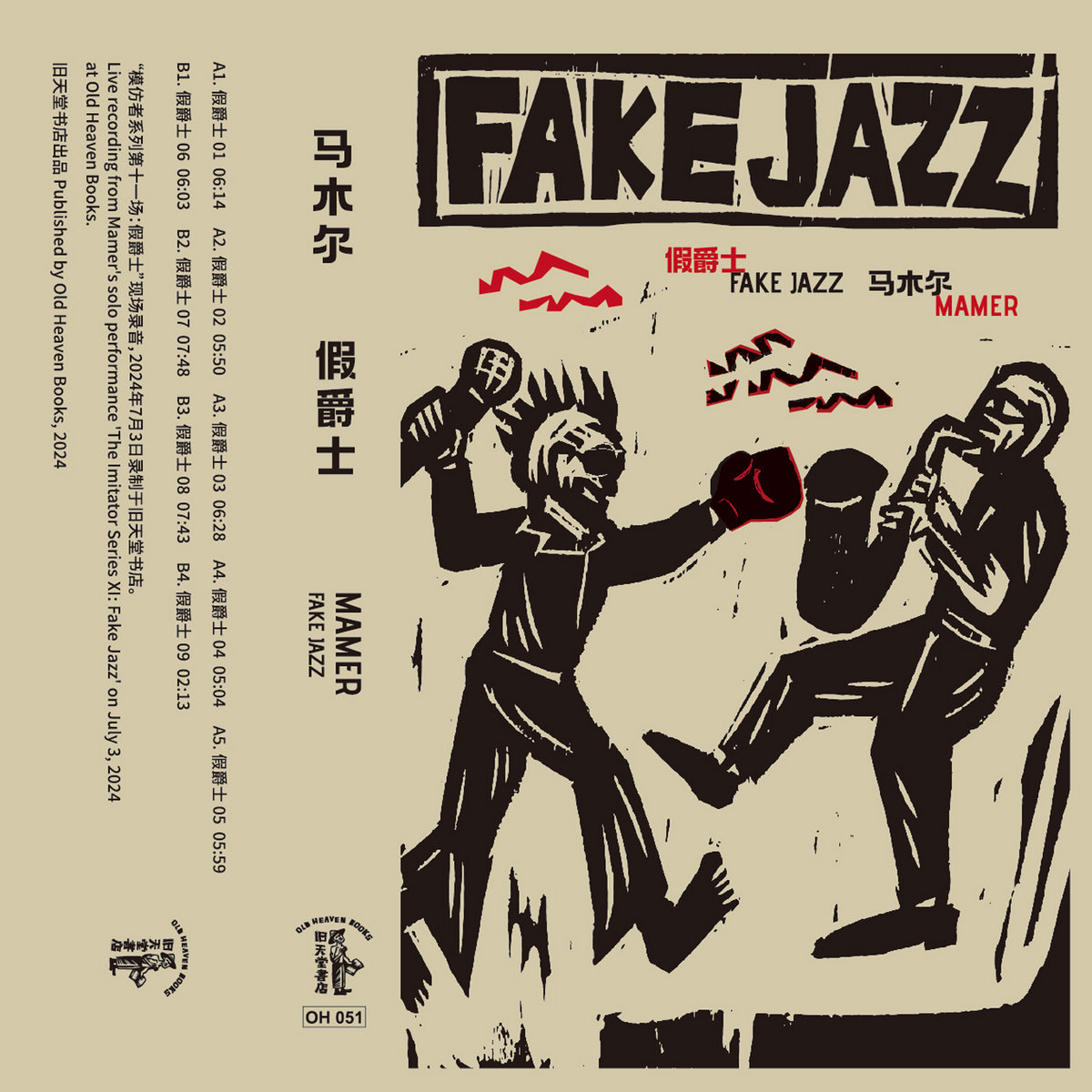
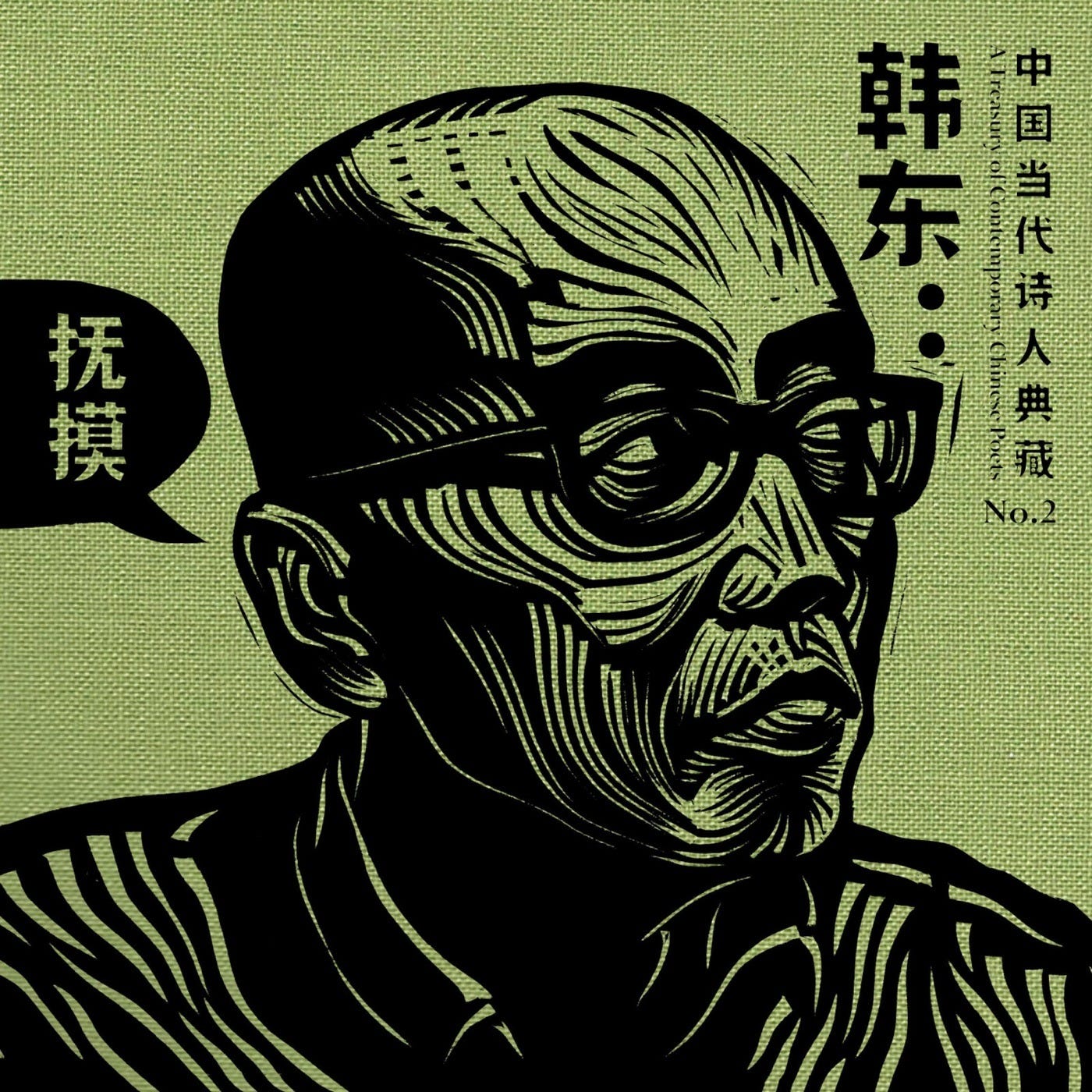
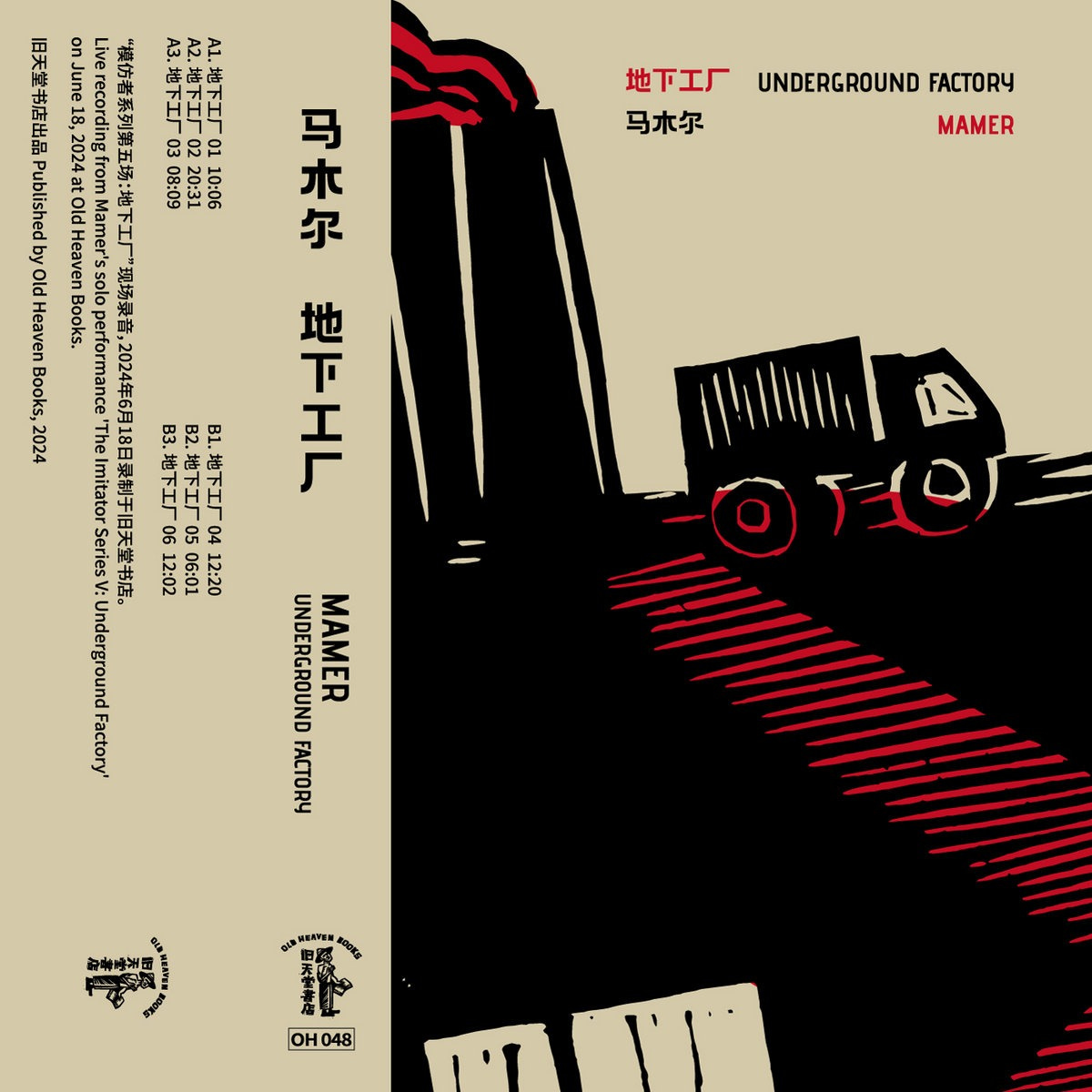
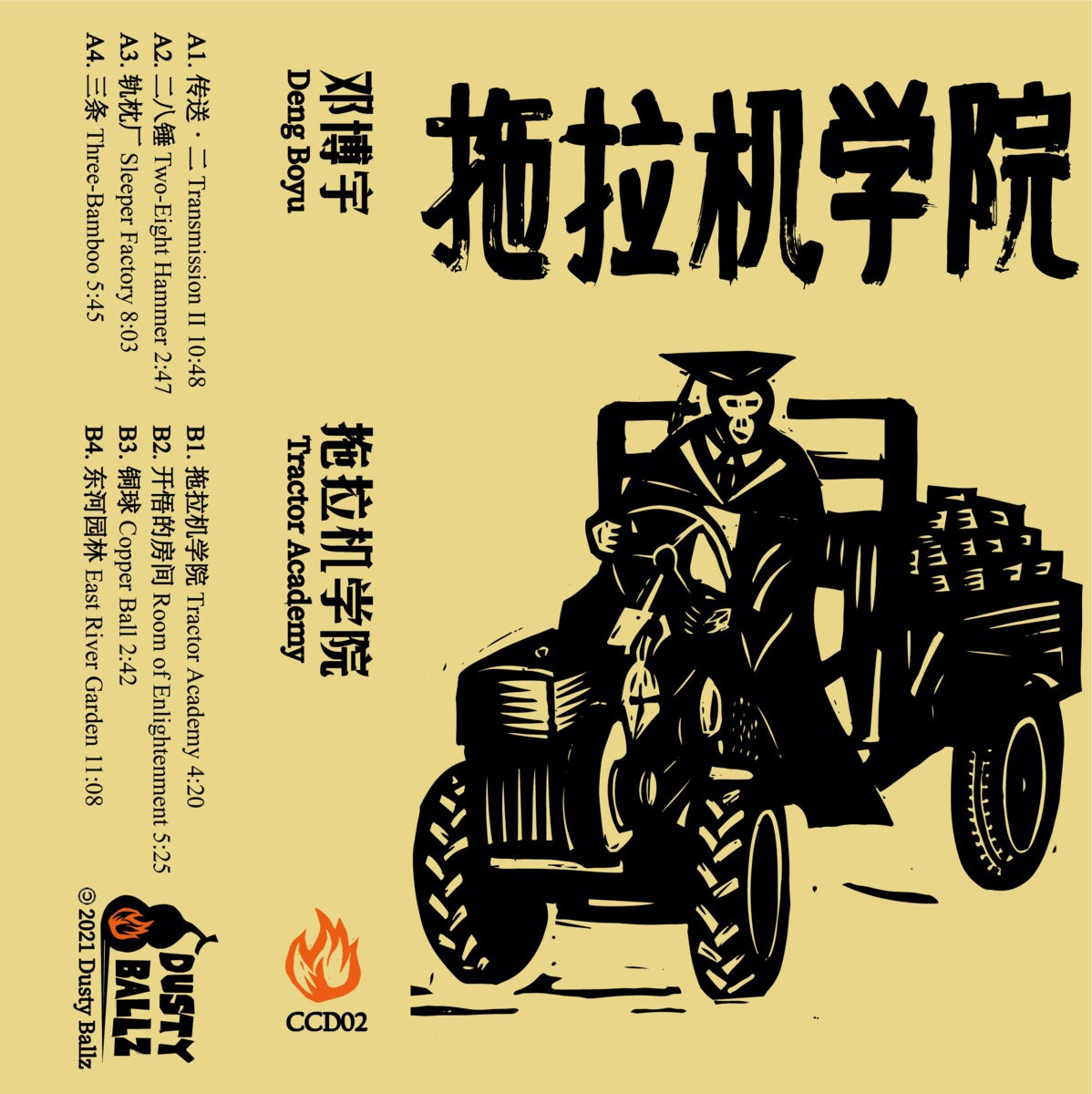
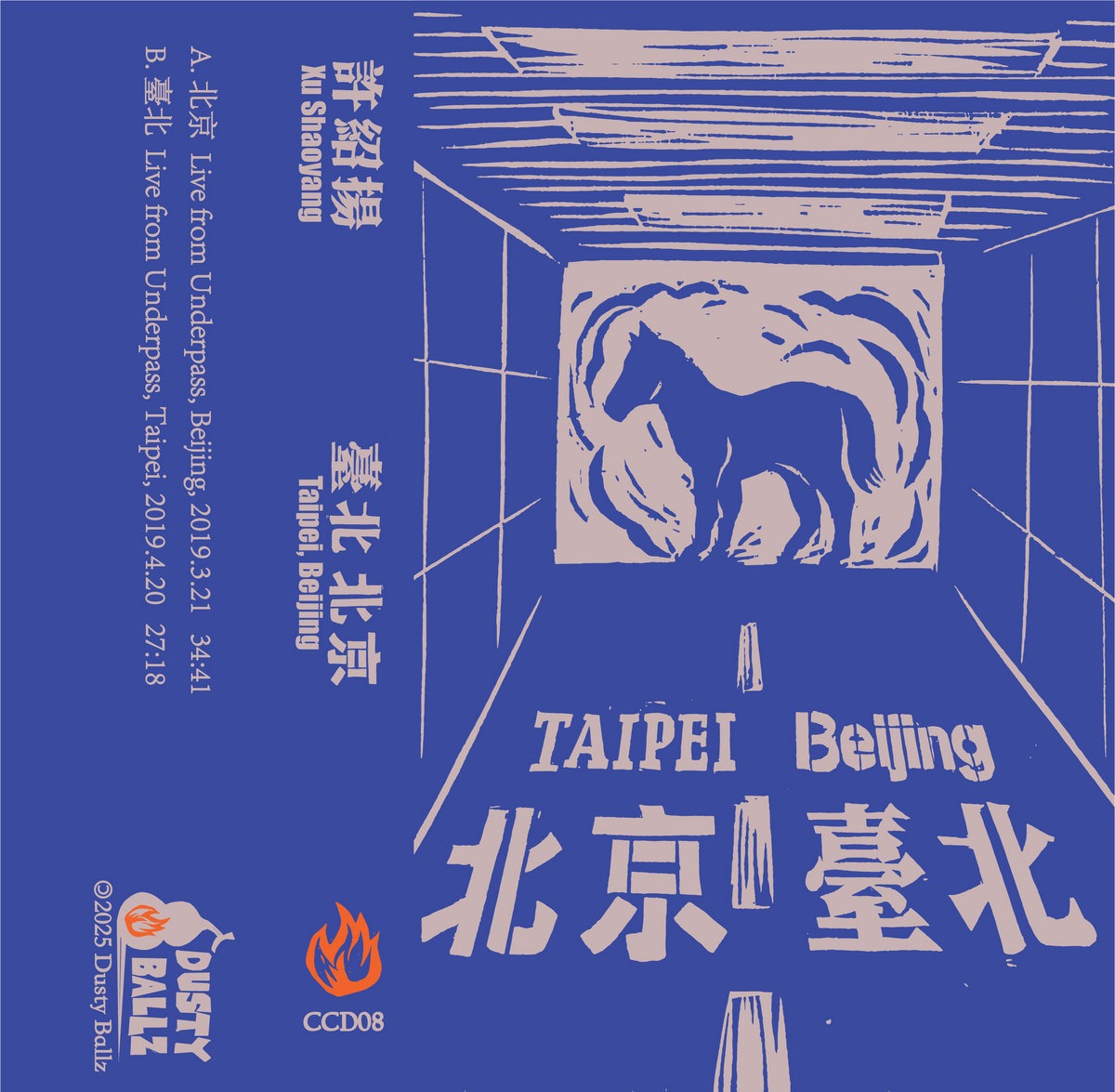

Into the silence is also really great here!